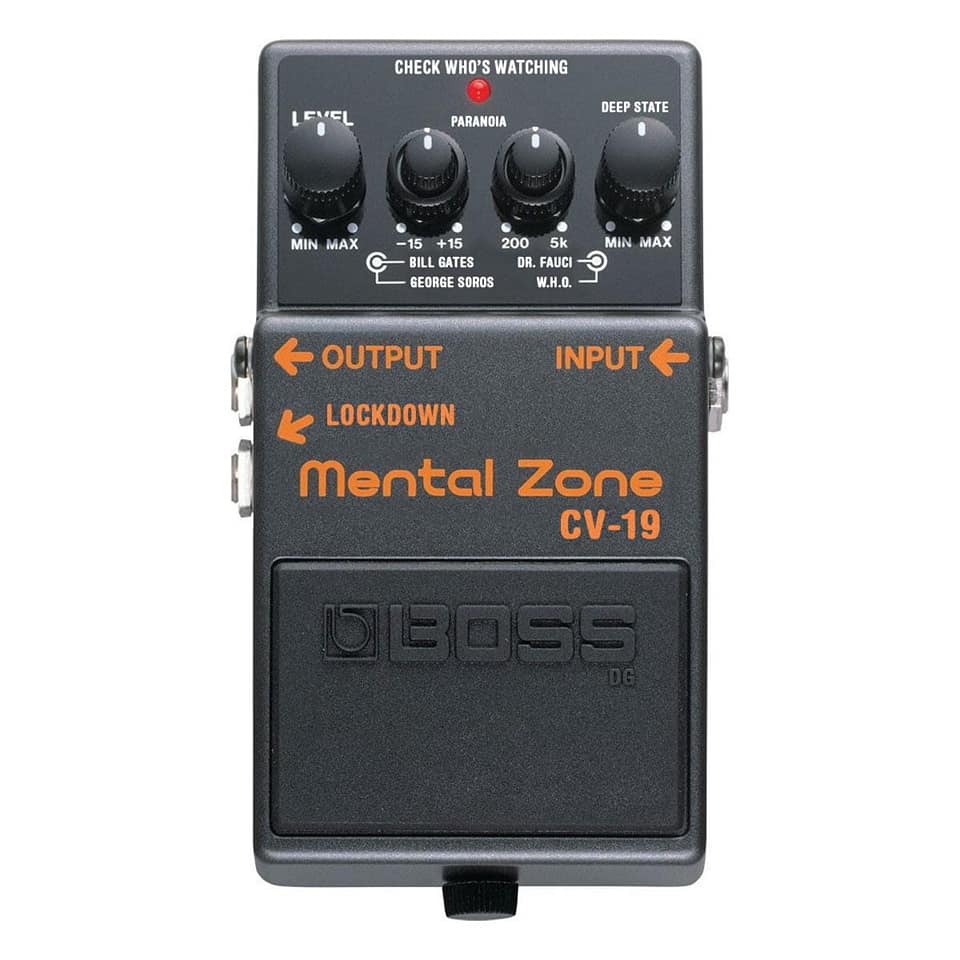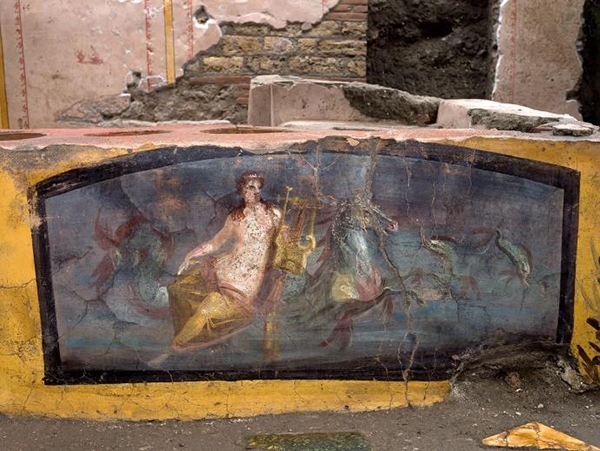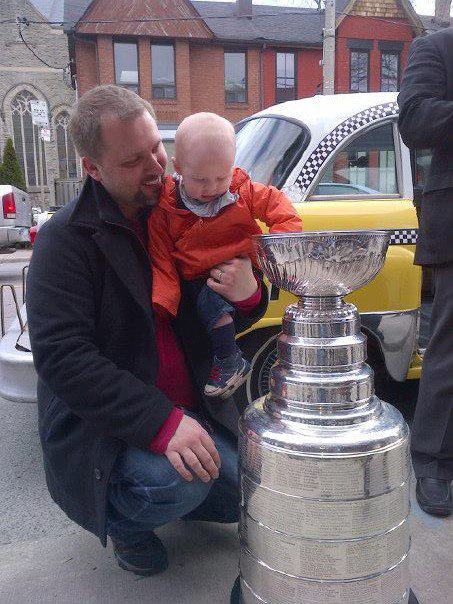I think this infographic gives some perspective on the current crisis and illustrates the choice before us: we get to choose how bad this pandemic becomes.

https://www.visualcapitalist.com/history-of-pandemics-deadliest/
I did a history of epidemiology course as part of my history of science MA–it was the history of how medicine has learned to track, control, and prevent the spread of disease. We talked about some of these earlier epidemics and it was scary stuff. The best that medicine had to offer in each era was essentially useless in the face of these diseases. People dropping dead in the millions and no one could explain how or why, or what to do about it.
But, unlike them, this COVID-19 outbreak is the first pandemic that we as a species have the power to control and minimize.
Think of that! No generation of humans has ever been able to say the same thing. No generation before us has had the technical and scientific knowledge to identify and combat a plague in such swift fashion, nor the instantaneous communication and coordination abilities that we have to institute meaningful quarantine and isolation on a global scale.
We were alerted to this plague early. Our experience fighting SARS, that could-have-been-pandemic, helped us. We know what it is that we’re up against. We know how it spreads and how we can avoid it. We’re already trialling vaccines and antiviral drug therapies within THREE MONTHS of this thing first appearing. No other generation before us could say any of that about the pestilences that from time to time appeared, like a rider on a pale horse, and cut down great swaths of people.
I know that being cooped up for weeks or months sucks (I’m here with three little kids, believe me, I GET IT). But you’ll notice that right now COVID-19 is a little speck on that graphic, less than a pinhead in comparison to past pandemics. The sacrifices you make now by isolating and social distancing, by working from home and following the advice of medical experts–all those little things are what will help keep that tiny speck from becoming one of those giant, catastrophic blobs we see depicted in other eras for other pandemics.
Thank you for your sacrifice.
Now, go wash your hands 





